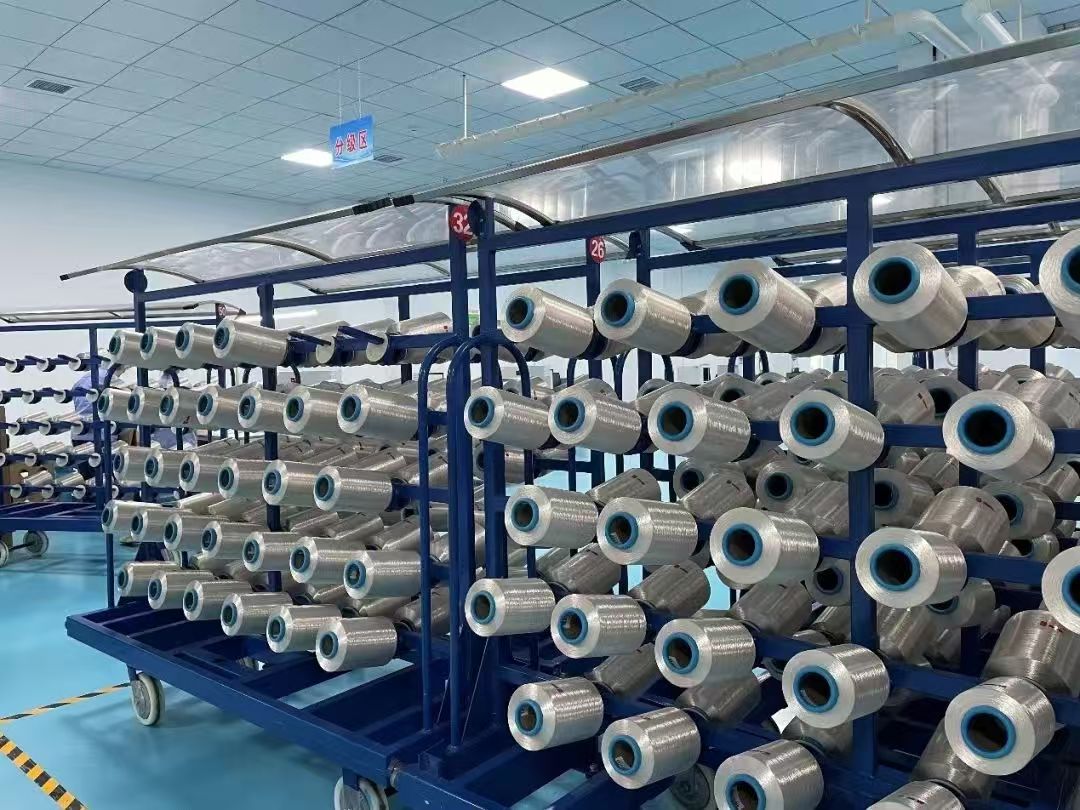
A research team from the Xinjiang Institute of Physics and Chemistry of the Chinese Academy of Sciences has developed a rare-earth tantalate thermosensitive ceramic using a high-entropy strategy.

The world's first thousand-ton-scale ionic liquid-based regenerated cellulose fiber project has officially commenced operations in Henan Province, China. Developed by the Institute of Process Engineering of the Chinese Academy of Sciences, the project marks the first large-scale global production of regenerated cellulose fibers using ionic liquids.

A research team led by Prof. QU Jiuhui from the Research Center for Eco-Environmental Sciences of the Chinese Academy of Sciences has developed a novel solution: the electrodialysis-reduction (EDN) coupled water purification system. By integrating electrodialysis and electrochemical reduction, the EDN system efficiently converts nitrate pollutants in wastewater into high-value ammonia—all while desalinating water and enabling recovery.
A research team led by Prof. ZHANG Jian and Prof. ZHANG Yexin from the Ningbo Institute of Materials Technology and Engineering of the Chinese Academy of Sciences, together with Prof. ZHANG Zhaoliang from the University of Jinan, has developed a novel electrified catalysis strategy for DRM, which they termed electrified DRM (e-DRM).
Researchers from the Xinjiang Technical Institute of Physics and Chemistry of the Chinese Academy of Sciences have developed a novel method combining Raman spectroscopy with deep learning algorithms. This approach enables accurate differentiation and identification of CA series synthetic cannabinoids—characterized by amide groups as head groups—despite their highly similar molecular structures.
Researchers from the Innovation Academy for Precision Measurement Science and Technology have found that water can activate previously "NMR-invisible" aluminum in ultra-stable Y (USY) zeolite (a critical material in catalysis), creating synergistic active sites.

86-10-68597521 (day)
86-10-68597289 (night)

52 Sanlihe Rd., Xicheng District,
Beijing, China (100864)

